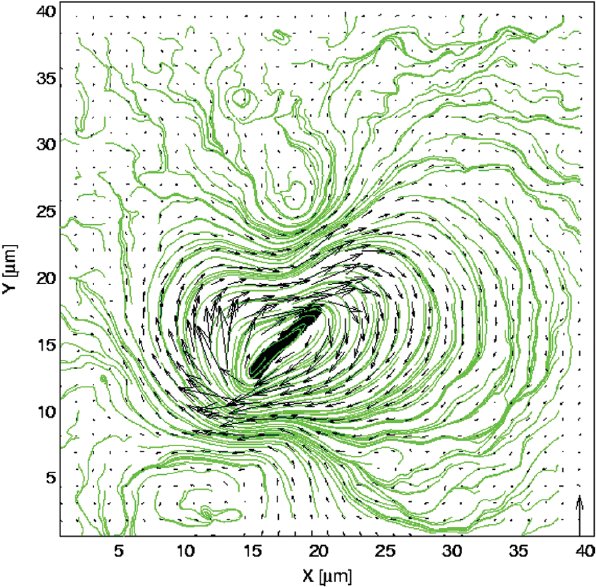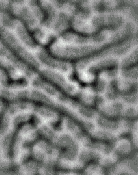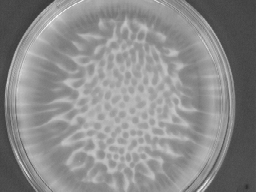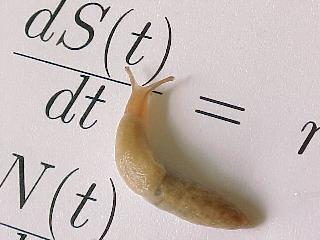

BIOLOGICAL FLUID DYNAMICS OF SWIMMING MICROORGANISMS
(theory & experiments)
M. A. Bees, P. Andresén, E. Mosekilde and M. Giskov. The interaction of thin-film flow, bacterial swarming and cell differentiation in colonies of Serratia liquefaciens. Journal of Mathematical Biology 40(1):27-63, 2000.
N. A. Hill and M. A. Bees. Physics of Fluids article also available in the Virtual Journal of Biological Physics Research, 3(12), 2002.
-
Link to Inside JEB article: Journal of Experimental Biology, June 2011, Published by The Company of Biologists Ltd.
Link to Nature Research Highlights article: Nature, 474:544, 30th June 2011.
Ottavio A. Croze, Vincent A. Martinez, Theresa Jakuszeit, Dario Dell’Arciprete, Wilson C. K. Poon and Martin A. Bees. Helical and oscillatory microswimmer motility statistics from differential dynamic microscopy. New Journal of Physics 21:063012 2019.
T. B. Rasmussen, T. T. Nielsen, L. Eberl, M. A. Bees, S. Molin and M. Givskov. Surface conditioning in a swarming colony: cells have different assignments. In prep. 2008.
M. A. Bees. Similarity solutions for a lubrication model of bacterial swarming. In prep. 2008.

PLANKTON DYNAMICS & PATCHINESS
F. Sagués, R. Reigada, J. M. Sancho, R. M. Hillary, and M. A. Bees. Synthesizing Hydrodynamic Turbulence from Noise: Formalism and Applications to Plankton Dynamics. In Unsolved problems of Noise and Fluctuations; Bezrukov, S. M. (edt.) AIP Proc. 665, 531 (2003)
R. M. Hillary and M. A. Bees. PRE article also available in the Virtual Journal of Biological Physics Research, 7(7), 2004.
M. A. Bees and A. M. Edwards. Bioconvection driven by planktonic light absorption in oceans and lakes. In prep., 2008.

CHEMICAL SYSTEMS & CHEMOCONVECTION (theory & experiments)

M. A. Bees. A mathematical model of speciation. In Bio-physical Models of Oceanic Population Dynamics; 1994 Summer Study Program in Geophysical Fluid Dynamics. Woods Hole Oceanog. Inst. Tech. Rept., WHOI-97-18 (1997). Woods Hole Oceanographic Institution, Woods Hole, Massachusetts 02543, U.S.A.
Media articles (2000/2001) on “Mathematical modelling of beetle-nematode slug-biocontrol”: approx. 15 articles in a wide range of newspapers, magazines, brochures, websites (such as EPSRC), radio and TV, with which I had either some input or ultimate editorial control. For example, see Daily Mail Apr 17th, 2000, pg. 35; Organic Living, Harrogate, Yorks, Jun 2001; EPSRC “Mathematics Underpinning the Life Sciences” programme advertisement, 2001.
M. A. Bees, P. H. Coullet and E. A. Spiegel. CHAOS article also available in the Virtual Journal of Biological Physics Research, 16(10), 2008.
D. Schley
and M. A. Bees. The self-restrained slug. In prep.,
2006.

PHYSIOLOGY (theory & experiments)